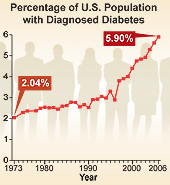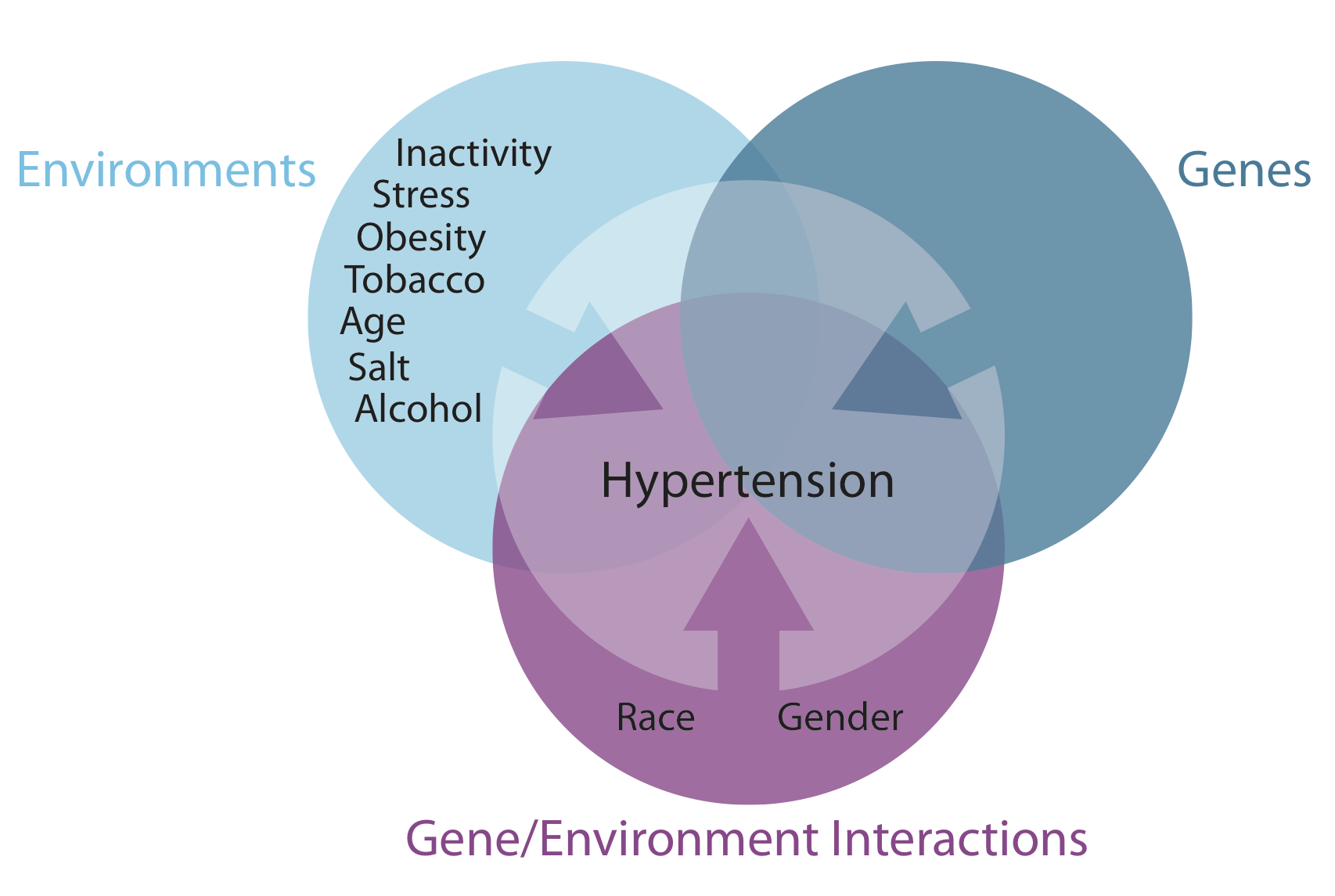Dietary Considerations
CHOP™ makes it easier to make healthy decisions, however it does not address special dietary considerations for clients who already have chronic conditions such as hypertension or diabetes. The following guidelines and resources may be helpful educational tools to and for clients with these conditions.
|
Diabetes The number of Americans with diabetes is growing. The risks are highest among African-Americans and Hispanics. Nutrition has a powerful influence on the wellbeing of someone with diabetes since the disease is caused by an inability to produce insulin. Some foods require more insulin than others, with carbohydrates requiring the most. Carbohydrates are still an essential part of a nutritious diet, so it should not be cut out, but diabetics should learn to manage their carbohydrates and learn the foods that are high in carbohydrates. One resources for carbohydrate counting is an exchange list. Exchange lists allow diabetics to moderate their carbohydrate intake by exchanging high-carbohydrate food for low-carbohydrate food. |
| |
Hypertension Hypertension refers to high blood pressure. High blood pressure may not seem like a big deal but it is a high predictor of strokes and heart disease. Fortunately nutrition and exercise can greatly decrease the likelihood of developing high blood pressure. While hypertension can be managed, one in three Americans have high blood pressure. The likelihood of developing hypertension increases with age. Among ethnicities and race African-Americans are the most likely to develop hypertension, followed by Caucasians, then Hispanics. One diet in particular that can help control blood pressure is the DASH (Dietary Approaches to Stop Hypertension) diet. The DASH diet emphasizes vegetables, low-fat dairy and whole grains. For more statistics on hypertension and tips on how to manage blood pressure, click to view this Infographic. |

